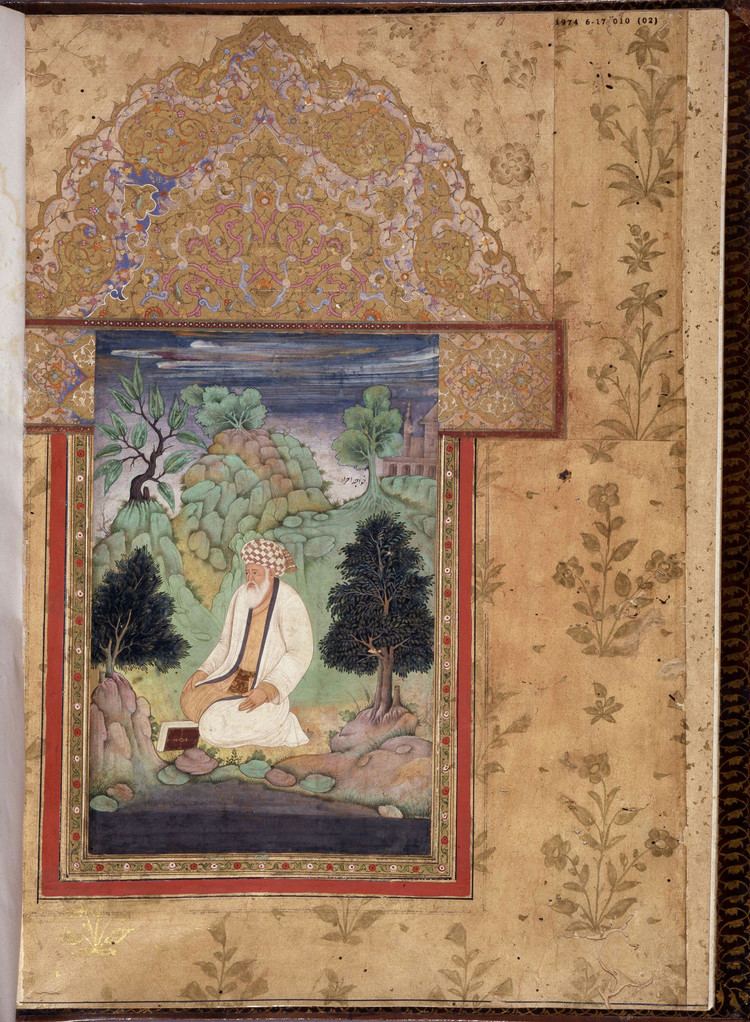 | ||
Khoja or Khwaja, (Kazakh: Қожа, Uyghur: خوجا), a Persian word literally meaning 'master', was used in Central Asia as a title of the descendants of the noted Central Asian Naqshbandi Sufi teacher, Ahmad Kasani (1461–1542) or others in the Naqshbandi intellectual lineage prior to Baha al-din Naqshband. The most powerful religious figure in the late Timurid era was the Naqshbandi Shaykh Khwaja Ahrar. The Khojas often played, or aspired to play, ruling roles in the Altishahr or present day region of Tarim Basin in Xinjiang, China.
Contents
The Khojas of Altishahr claimed to be Sayyids (descendants of Mohammed) and they are still regarded as such by the fraternity people of Altishahr. Although Ahmad Kasani himself, known as Makhdūm-i-Azam or "Great Master" to his followers, never visited Altishahr (today's Tarim Basin), many of his descendants, known as Makhdūmzādas, and bearing the title Khoja (properly written and pronounced Khwaja) played important parts in the region's politics from the 17th to 19th centuries.
On the death of Aḥmad Kāsānī, a division took place among the Khojas which resulted in one party becoming followers of the Makhdum's elder son Khoja Muhammad Amin better known as Ishan-i-Kalan and another attaching themselves to his younger son Khoja Muhammad Ishaq Wali. The followers of Ishan-i-Kalan seem to have acquired the name of Aq Taghliqs or White mountaineers and that of Ishaq Qara Taghliqs or Black mountaineers but these names had no reference to the localities where their adherents lived. All were inhabitants of the lowlands and cities of Eastern Turkistan but each section made allies among the Kyrgyzs of the neighboring mountains and apparently subsidized them in their internecine battles. The Kyrgyz tribes of the Western Tian Shan ranges lying to the north of Kashghar were known as the White mountaineers and the Kyrgyz tribes of the Pamir, Karakoram and Kunlun as the Black mountaineers with Yarkand as their main city of influence, such that the Khojas came to assume the designations of their Kyrgyz allies.
The Turki language (Modern Uyghur) Tadhkirah i Khwajagan (a Tazkirah) was written by M. Sadiq Kashghari.
List of Khojas
Note: The following list is incomplete and, at times, possibly slightly inaccurate. It also excludes several collateral lines that ruled over minor territories and were relatively unimportant.
